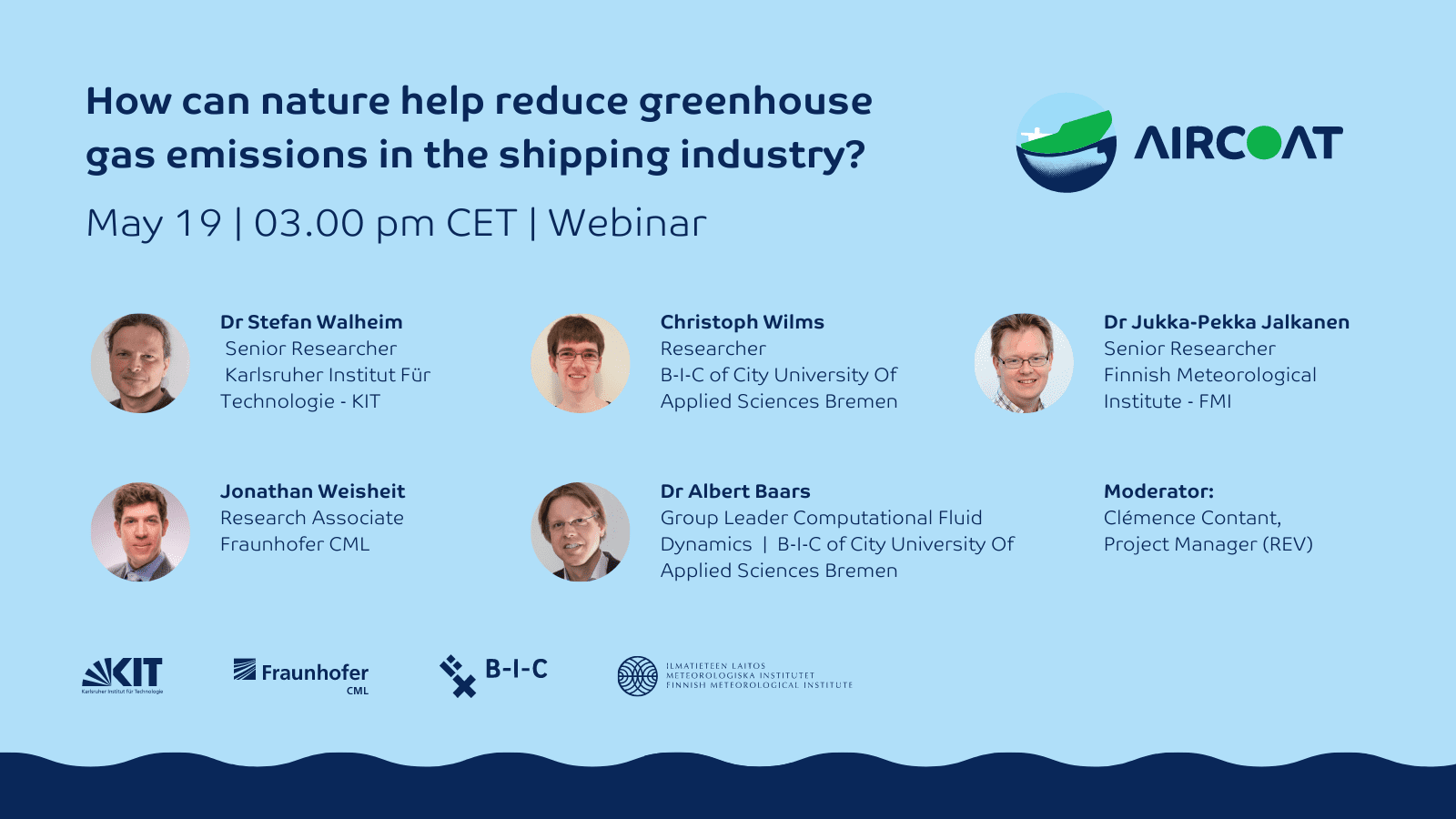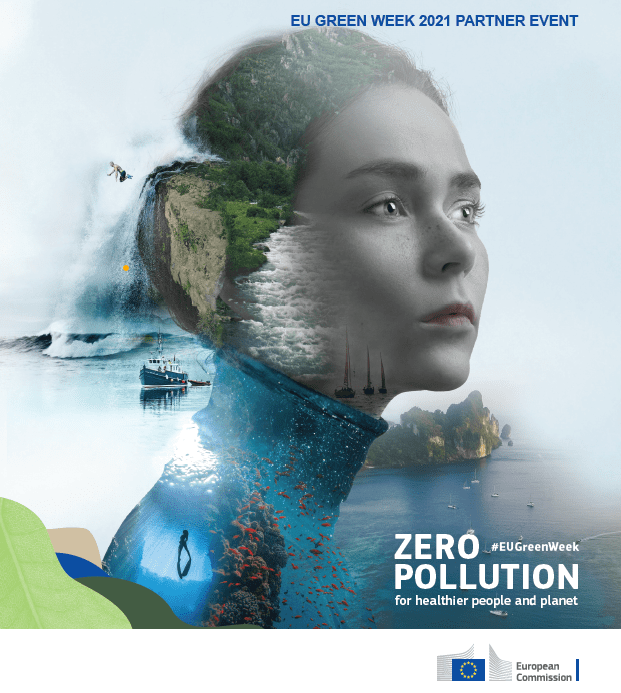Date
19 May 2021
Location
Virtual event


The reduction of greenhouse gases has played an important role in the 21st century in limiting climate change. Yet with the increase in the international transportation of goods, with most of these goods being transported by ships, we need new technologies in order to maintain these reductions in emissions.
As part of the EU Green Week Partner Events, this webinar will give insights into the development of the surface structure and test results. We will demonstrate how the size, geometry, and chemical properties of the surface structure play a crucial role in creating air lubrication.
More about
Depending on the type of ship used for transportation, more than 50 % of the energy required for propulsion – which is approximately 70% of the total fuel usage – is used to overcome frictional resistance. This resistance occurs due to the friction between the ship hull and water. A reduction of this resistance offers the possibility of a substantial decrease in fuel consumption and subsequently the emission of greenhouse gases.
To respond to that challenge, AIRCOAT H2020 project is developing a foil system to be applied to ship hulls. The surface structure of the foil aims to retain air when submerged under water, a system that reduces the frictional resistance of ship.
The project is inspired by observing nature. In particle the floating fern Salvinia molesta, a plant able to retain a thin layer of air when submerged under water. The surface of S. molesta features natural, water-repellent (hydrophobic) hairs with water-attracting (hydrophilic) tips, combining to enable the retention of air. Due to the lower viscosity of air in comparison to water, an air layer applied to a ship hull can reduce the friction resistance. This method is called ‘air lubrication’.
The AIRCOAT foil surface structure is designed and produced from small samples all the way up to pilot test scales. These have been tested in different experimental and numerical setups to determine drag reduction, anti-fouling, and air layer stability.
Duration: 1 hour
